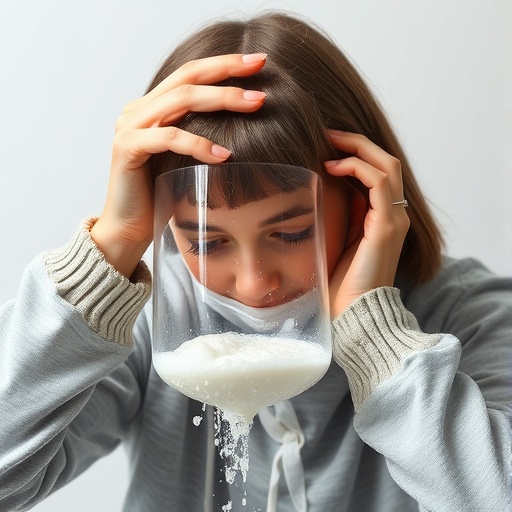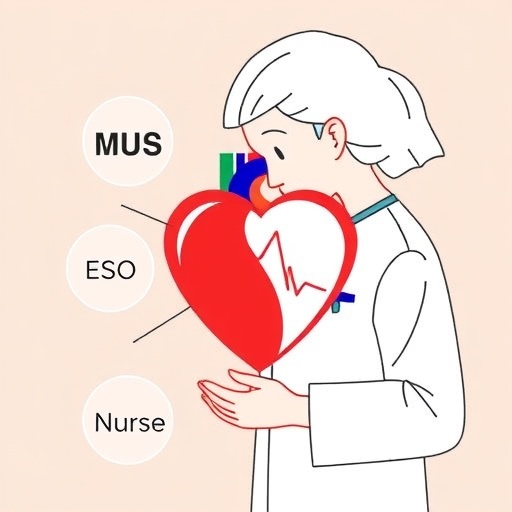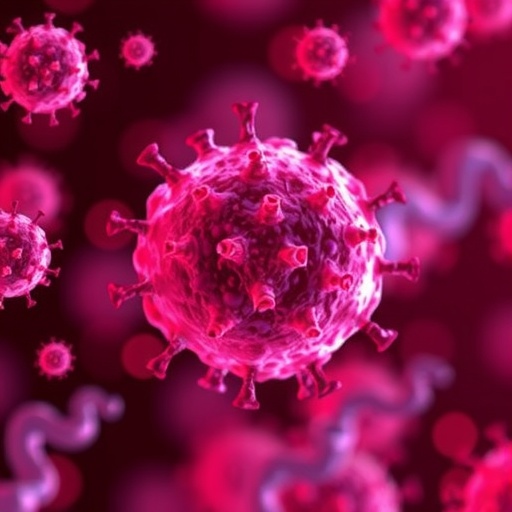In recent years, a disturbing trend has emerged within the domain of youth suicide methods, marked by a significant increase in the use of sodium nitrite and sodium nitrate as agents of self-poisoning. These chemical compounds, commonly utilized as food preservatives and curing agents in the meat industry, have become alarmingly accessible online, creating a growing public health dilemma. This phenomenon, highlighted in research presented at the 2025 American Academy of Pediatrics National Conference & Exhibition in Denver, underscores the urgent need for targeted prevention strategies and enhanced surveillance to address this emerging threat.
Sodium nitrite (NaNO2) and sodium nitrate (NaNO3) are inorganic salts known for their preservative qualities, primarily preventing bacterial growth and preserving the color and flavor of meats. Their ingestion, however, induces methemoglobinemia, a pathological condition whereby hemoglobin is oxidized to methemoglobin, which is unable to effectively bind and release oxygen to tissues. The resultant hypoxia can lead to rapid organ failure and death if not promptly and adequately treated. This biochemical mechanism underlies the lethality associated with intentional ingestion of these compounds in suicide attempts.
Analysis of data from the National Violent Death Reporting System spanning 2018 to 2020 revealed over 260 fatalities across 37 states and one U.S. territory attributable to sodium nitrite or nitrate ingestion. The demographic profile of victims points predominantly to white males with documented histories of depression and suicidal ideation, suggesting that mental health status plays a crucial role in susceptibility. Despite this, forensic detection protocols for such poisonings remain inconsistent, potentially leading to underreporting and misclassification in mortality statistics, which hinders accurate assessment and intervention planning.
Further insights were obtained from the Pediatric National Fatality Review-Case Reporting System, which analyzed suicides among children and adolescents from 2018 to 2023. Among 34 cases involving sodium nitrate or similar salt derivatives, victims exhibited distinctive features when compared to a larger cohort of 4,544 youths who died by other suicide methods. Notably, those in the sodium nitrate group were slightly older on average, with a higher proportion of individuals aged 17 to 21. Racial composition showed a majority of white youths, but intriguingly included a significant representation of Asian children, contrasting with the comparison group where Black children constituted a larger percentage.
Clinically noteworthy was the observation that individuals in the sodium nitrite/nitrate category more frequently accessed healthcare services shortly before their deaths. A higher percentage had visited healthcare providers within one month prior, had experienced emergency department visits for mental health crises in the preceding year, and exhibited higher rates of hospitalization for psychiatric conditions. These touchpoints represent critical intervention opportunities for medical professionals to identify at-risk youths and implement supportive measures or surveillance before a fatal outcome.
Paradoxically, while these youths showed elevated healthcare utilization, they were less likely to have engaged in mental health treatments consistently, exhibited lower rates of substance abuse history, and experienced less maltreatment compared to their peers who died by other means. This complexity in patient profiles highlights the necessity for nuanced approaches in screening and mental health service provision that consider method-specific risk factors and behavioral patterns.
The ease of procuring sodium nitrite and nitrate powders through online retail platforms constitutes a significant driver of this emerging suicide method. Unlike many controlled substances, these chemicals are legally sold without stringent regulations, thereby facilitating unmonitored access by vulnerable adolescents. This accessibility coupled with the often under-recognized lethality of the compounds amplifies the risk and calls for regulatory scrutiny to potentially limit public availability or impose purchasing controls.
From a public health standpoint, an integrative approach involving collaboration among emergency medical responders, mental health professionals, and community outreach programs is paramount. Training first responders and healthcare workers in the recognition of sodium nitrite/nitrate overdose symptoms is essential to improve early detection and optimize acute care outcomes. These symptoms may include cyanosis unresponsive to oxygen therapy, confusion, shortness of breath, and chocolate-brown discoloration of the blood—clinical hallmarks of methemoglobinemia.
Moreover, constructing specialized suicide prevention frameworks that explicitly address the use of chemical agents such as these salts can enhance the specificity and efficacy of interventions. Educational campaigns directed at parents, educators, and adolescents themselves can raise awareness about the dangers of sodium nitrite and nitrate ingestion, emphasizing the availability of mental health resources and crisis support systems tailored to youths at risk.
Research into the impact of potential safety interventions, including restrictions on online sales, reformulation of products to reduce toxicity, or community-based mental health initiatives, remains a critical need. Evaluations of these strategies could inform evidence-based policies and guide allocation of resources aimed at curbing the incidence of sodium nitrite and nitrate-related suicides.
The financial support provided by the Health Resources and Services Administration enabled the comprehensive data analysis and presentation of this research, which brings to light gaps in current suicide surveillance and underscores the importance of addressing emerging methods of self-harm. Expanding forensic capabilities and harmonizing reporting practices will be pivotal steps toward generating accurate epidemiological profiles and tailoring preventive measures effectively.
As youth suicide remains a leading cause of death in adolescents and young adults, the identification of sodium nitrite and nitrate as increasingly used means of self-poisoning adds a vital layer of complexity to the challenge. This underscores the necessity for interdisciplinary efforts that integrate toxicological expertise, clinical vigilance, public health policy, and mental health advocacy to confront the evolving landscape of suicide risk factors.
The presentation of these findings at the American Academy of Pediatrics National Conference offers a platform to galvanize stakeholders, from healthcare providers to policymakers, to enact impactful changes. By fostering awareness, improving diagnostic acumen, and advocating for regulatory modifications, it is possible to mitigate the influence of these chemical agents on the tragic phenomenon of youth suicide.
In conclusion, the rising incidence of sodium nitrite and nitrate ingestion as a method of suicide among young populations represents a multifaceted public health concern. It demands informed, collaborative responses that encompass clinical management, preventative education, and legislative actions. Proactive engagement and rigorous research will be essential in stemming this emerging tide and safeguarding vulnerable youth from the fatal consequences of these accessible chemicals.
Subject of Research: People
Article Title: Sodium Nitrite and Nitrate Increasingly Used in Youth Suicide Attempts
News Publication Date: 26-Sep-2025
Tags: accessibility of toxic substances onlineAmerican Academy of Pediatrics conference findingschemical agents in youth fatalitiesfood preservatives and mental healthmethemoglobinemia and hypoxiaprevention strategies for youth suicidepublic health implications of self-poisoningsodium compounds in suicide attemptssodium nitrite and nitrate poisoningsurveillance for youth suicide methodsyouth self-harm methodsyouth suicide trends





